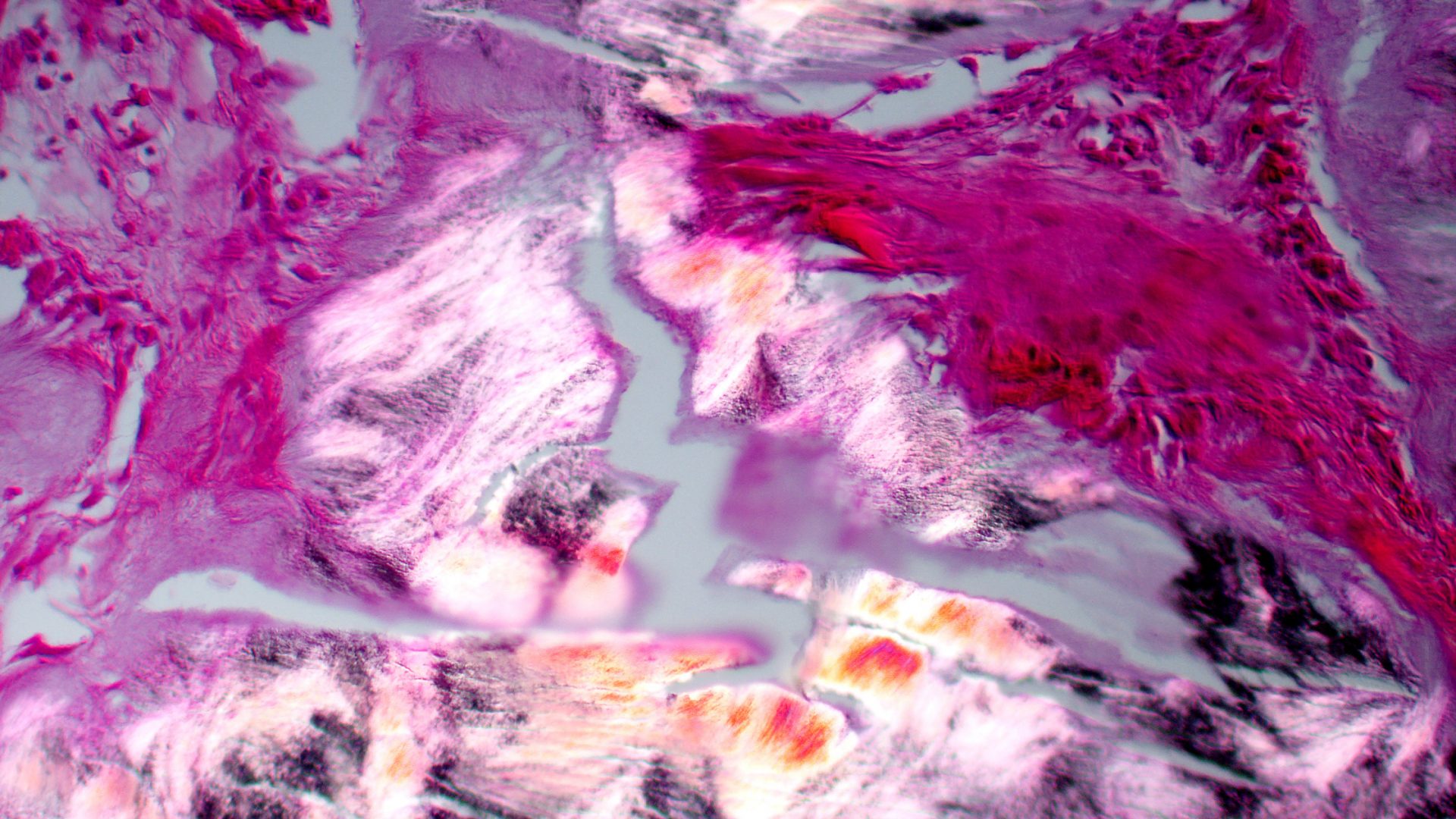A recent retrospective study helps fill in gaps related to the cardiovascular benefits of colchicine by including a population generally excluded from the key clinical trials—patients with gout already taking long-term colchicine to prevent flares.
The research was led by rheumatologist Michael Toprover, MD, director of NYU Langone Health’s Gout Treatment Center, and published in Gout, Urate, and Crystal Deposition Disease. NYU Langone researchers Gary H. Ho, MD, Daria B. Crittenden, MD, Binita Shah, MD, and Michael H. Pillinger, MD, served as co-investigators on the study.
While colchicine—a foundational treatment for gout—has recently been shown effective in reducing major adverse cardiovascular events (MACE) in those with established coronary artery disease (CAD), data until now have remained limited on whether these benefits extend to high-risk patients with gout.
“Patients with gout with the highest consistency of colchicine use had lower odds of MACE compared to those with more irregular use.”
Michael Toprover, MD
“We stratified patients by consistency of colchicine use, finding that patients with gout with the highest consistency of colchicine use had lower odds of MACE compared to those with more irregular use,” says Dr. Toprover. “We also saw an increase in risk when active colchicine users paused taking the medication.”
Equilibrating and Reducing Risk
For the study, the researchers collaborated with colleagues from the Veterans Affairs New York Harbor Healthcare System to review over 178,000 veteran patient records, identifying a total of 355 patients with gout and established CAD.
Of these patients, 239 were categorized as colchicine users, and the rest, 116, had never filled a prescription for colchicine.
Overall, the analysis revealed that the odds of MACE were similar between colchicine users and nonusers. However, the team also found that colchicine users had a higher baseline cardiovascular risk profile compared to nonusers, suggesting that colchicine may have served to equilibrate risk between the two groups.
Dividing the patients into four quartiles based on the consistency of colchicine use revealed even more striking findings. The authors reported that patients in the highest continuous colchicine-use quartile, defined as taking the drug for more than 70 percent of the observation period, had lower odds of MACE than those in the lowest three quartiles, with no difference in baseline cardiovascular risk.
Moreover, colchicine users had a lower rate of MACE during periods of active use compared with inconsistent use.
“We believe these results demonstrate that consistent colchicine use in gout patients provides cardioprotective effects.”
“We believe these results demonstrate that consistent colchicine use in gout patients provides cardioprotective effects,” Dr. Toprover says. “Patients with consistent use appear to derive more benefit than those with inconsistent use.”
Future Research
According to Dr. Toprover, prospective randomized trials are needed to study colchicine’s long-term cardiovascular benefit in gout patients, with the potential to impact the standard of care for all gout patients.
“One hypothesis is that colchicine may stabilize plaque during acute rupture or erosion, minimizing downstream thrombosis and end-organ ischemia,” he says. “We want to add to the growing body of literature supporting the use of colchicine in high-risk gout populations.”






